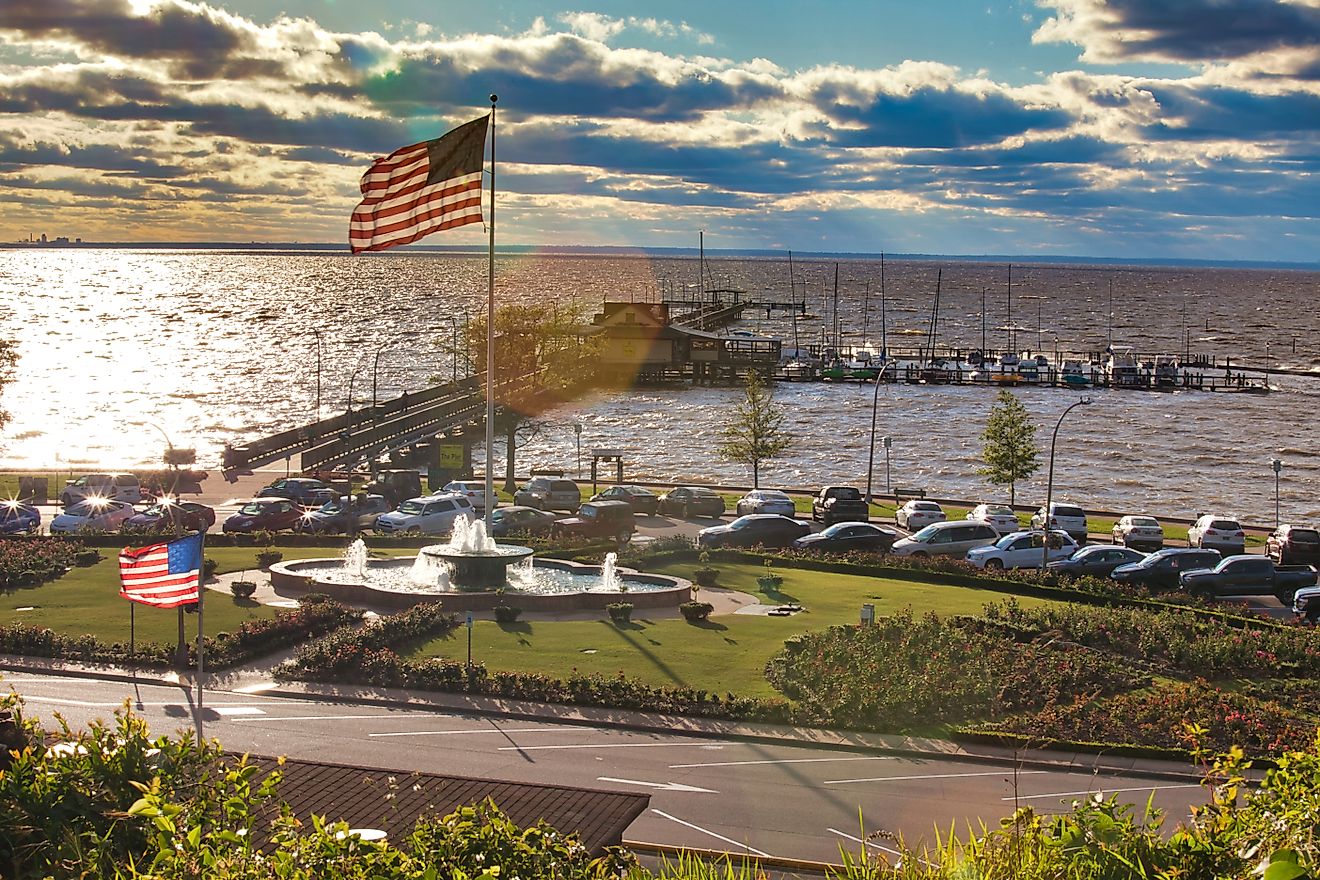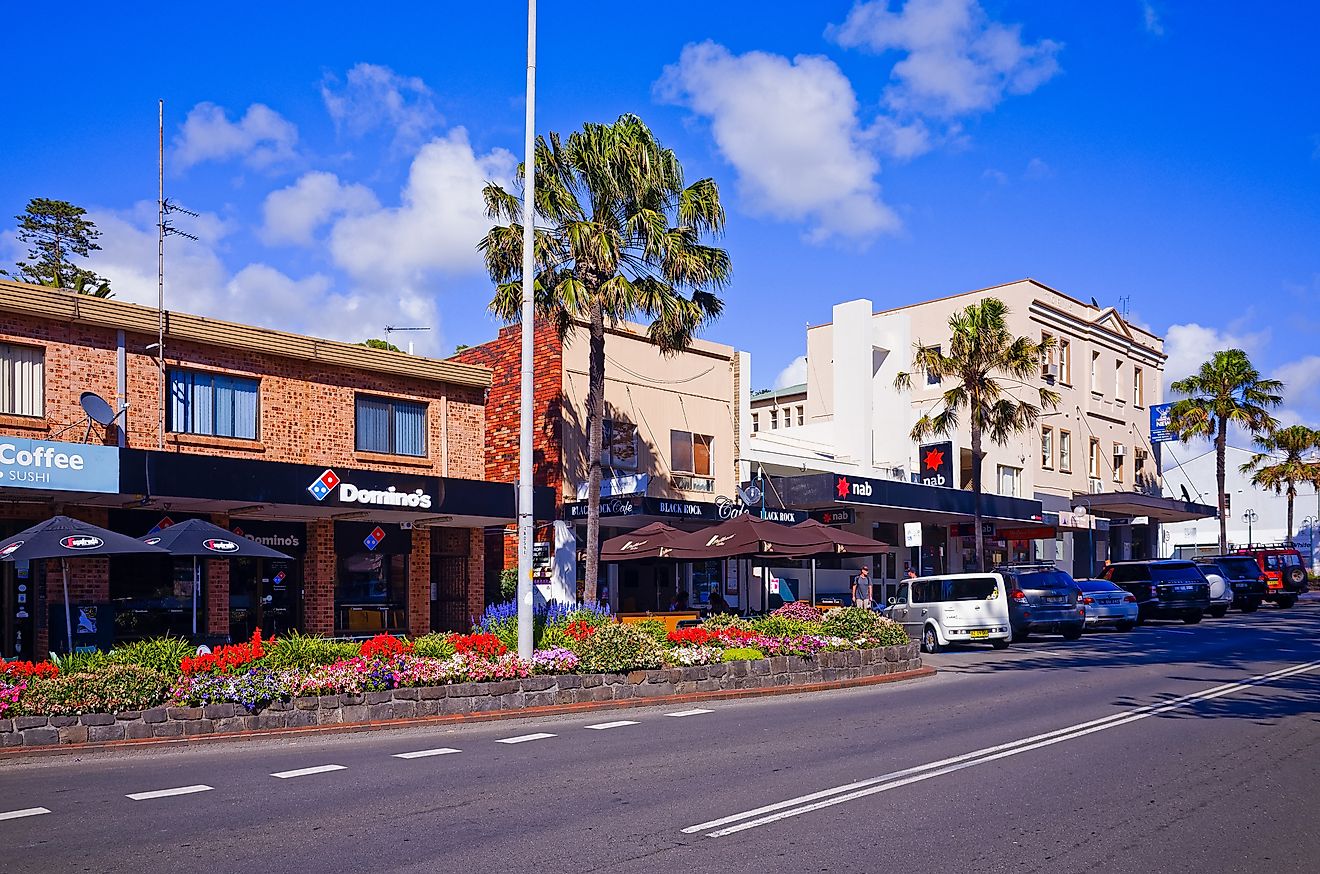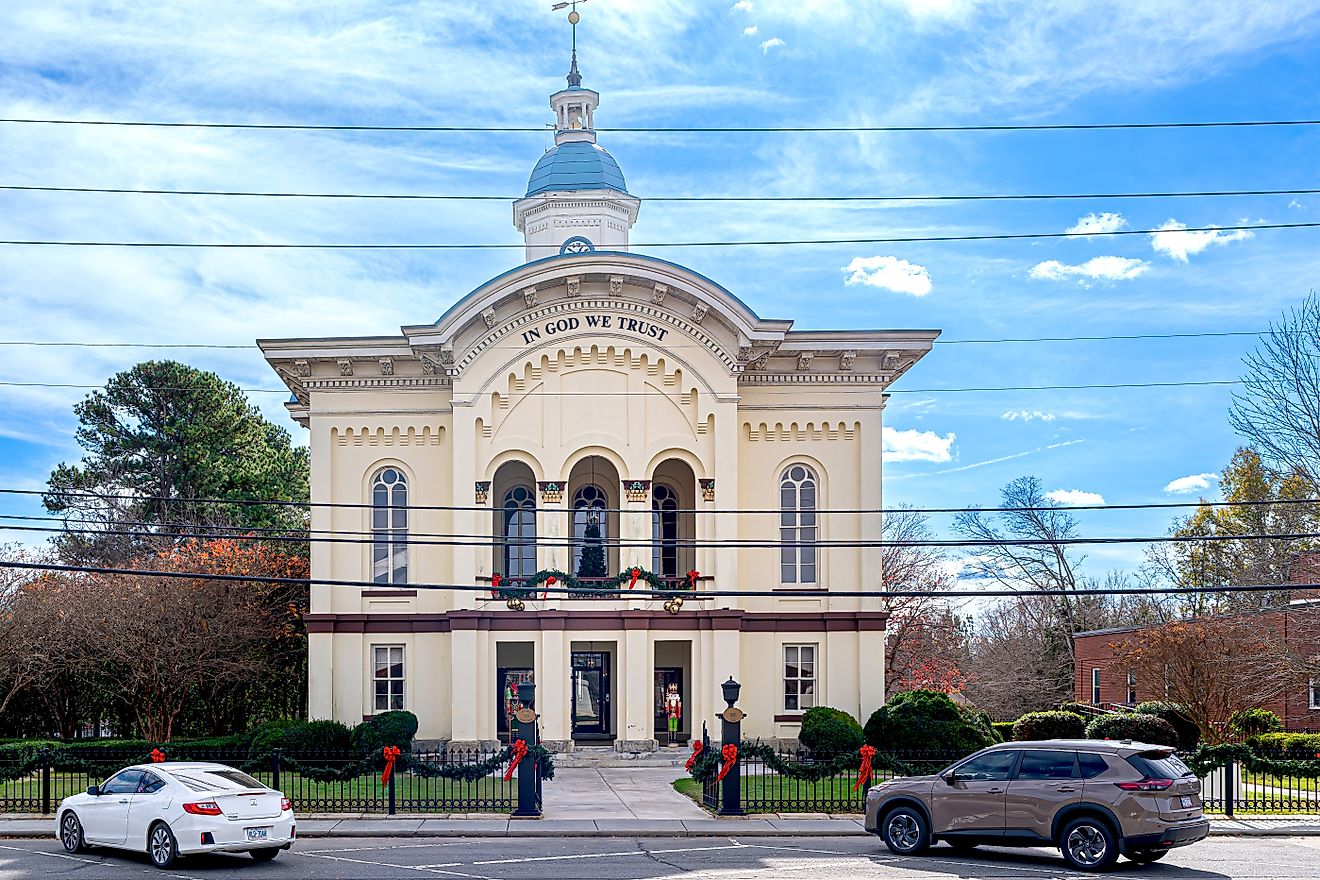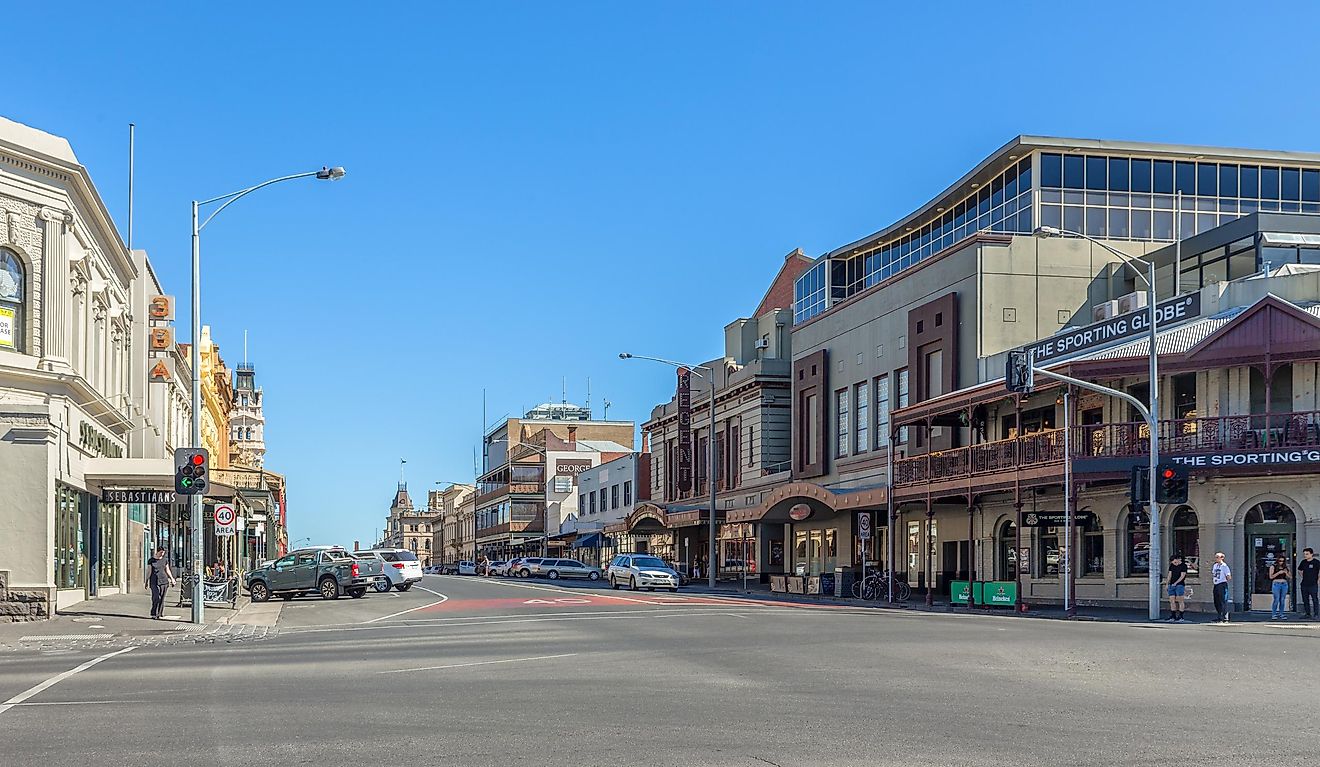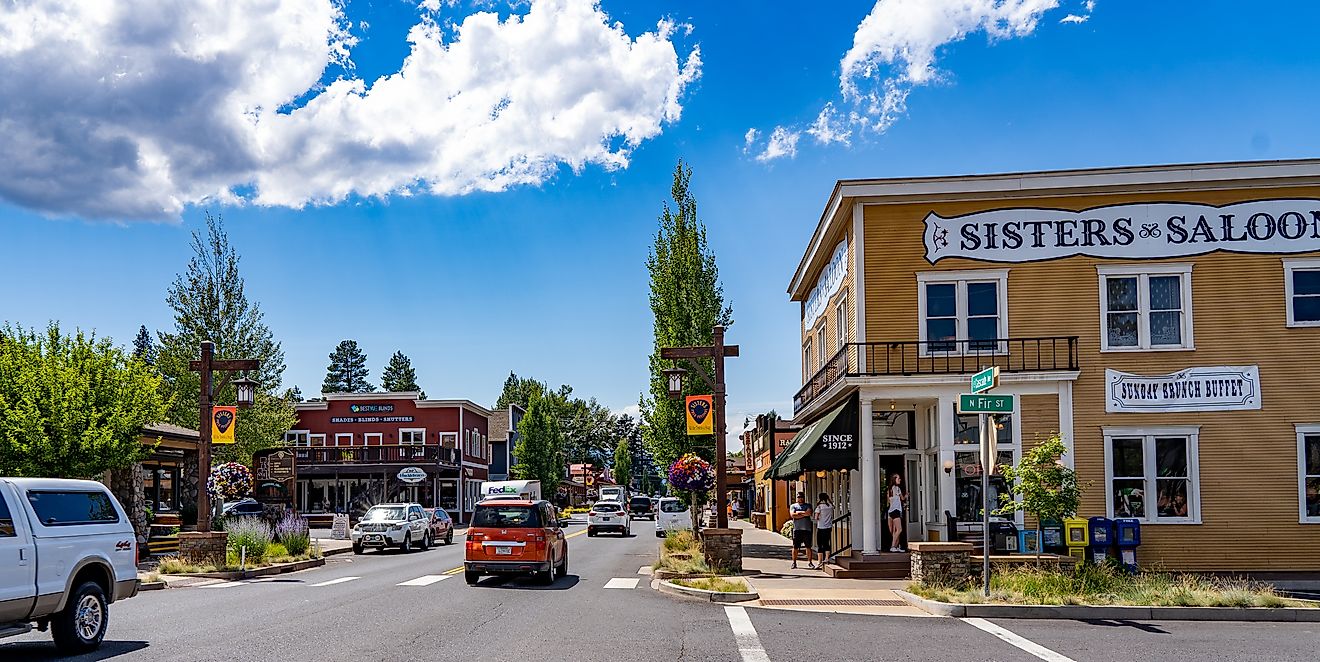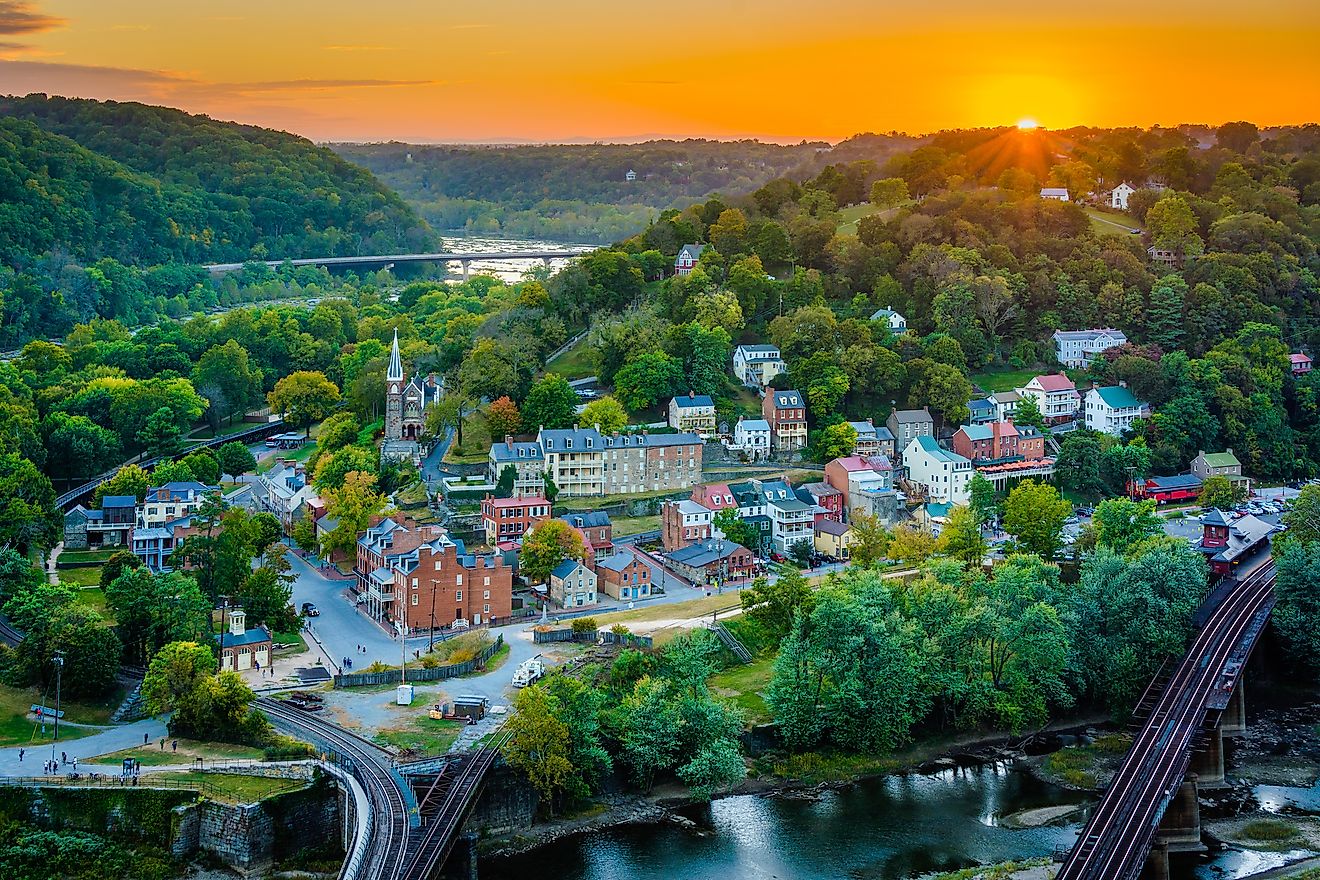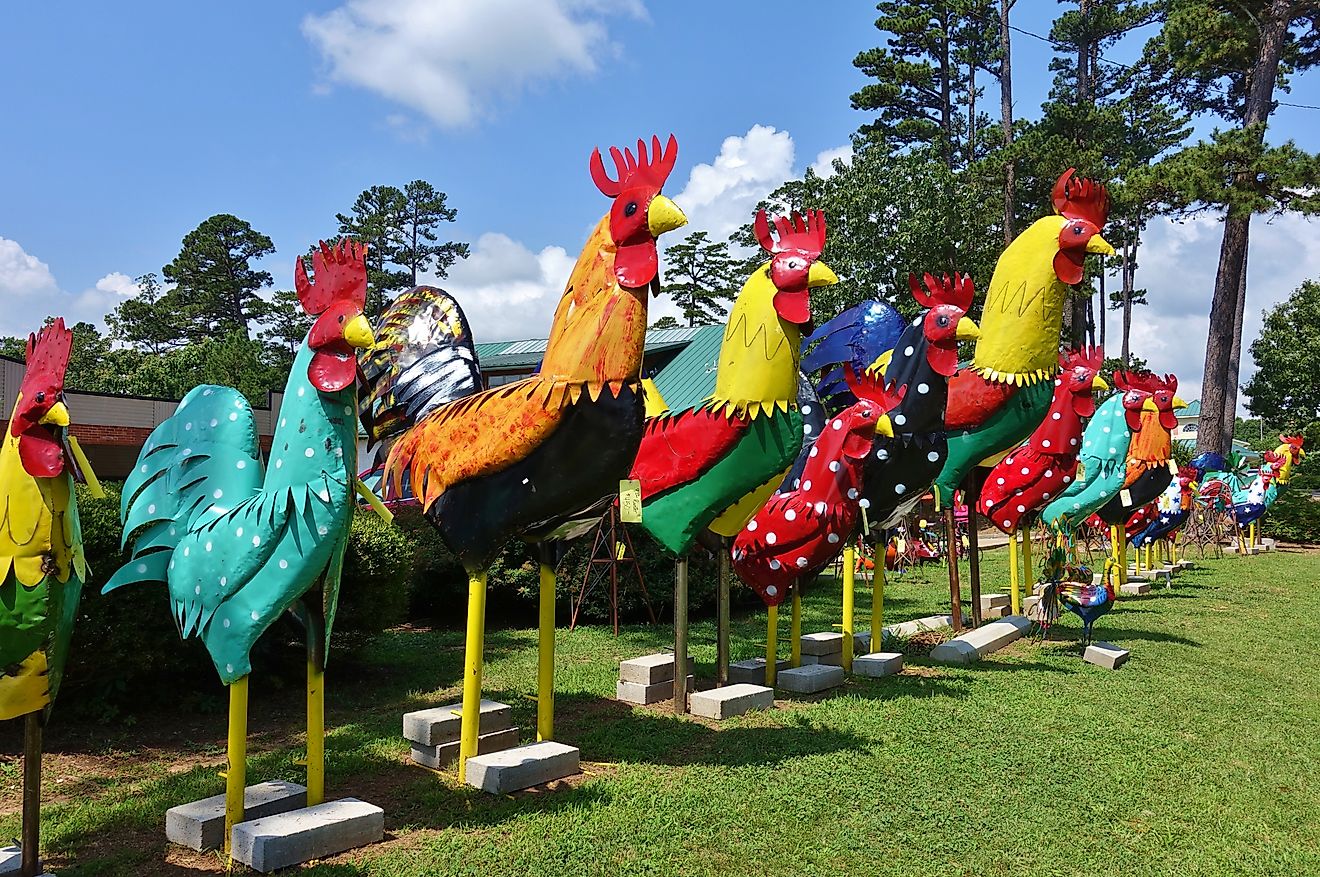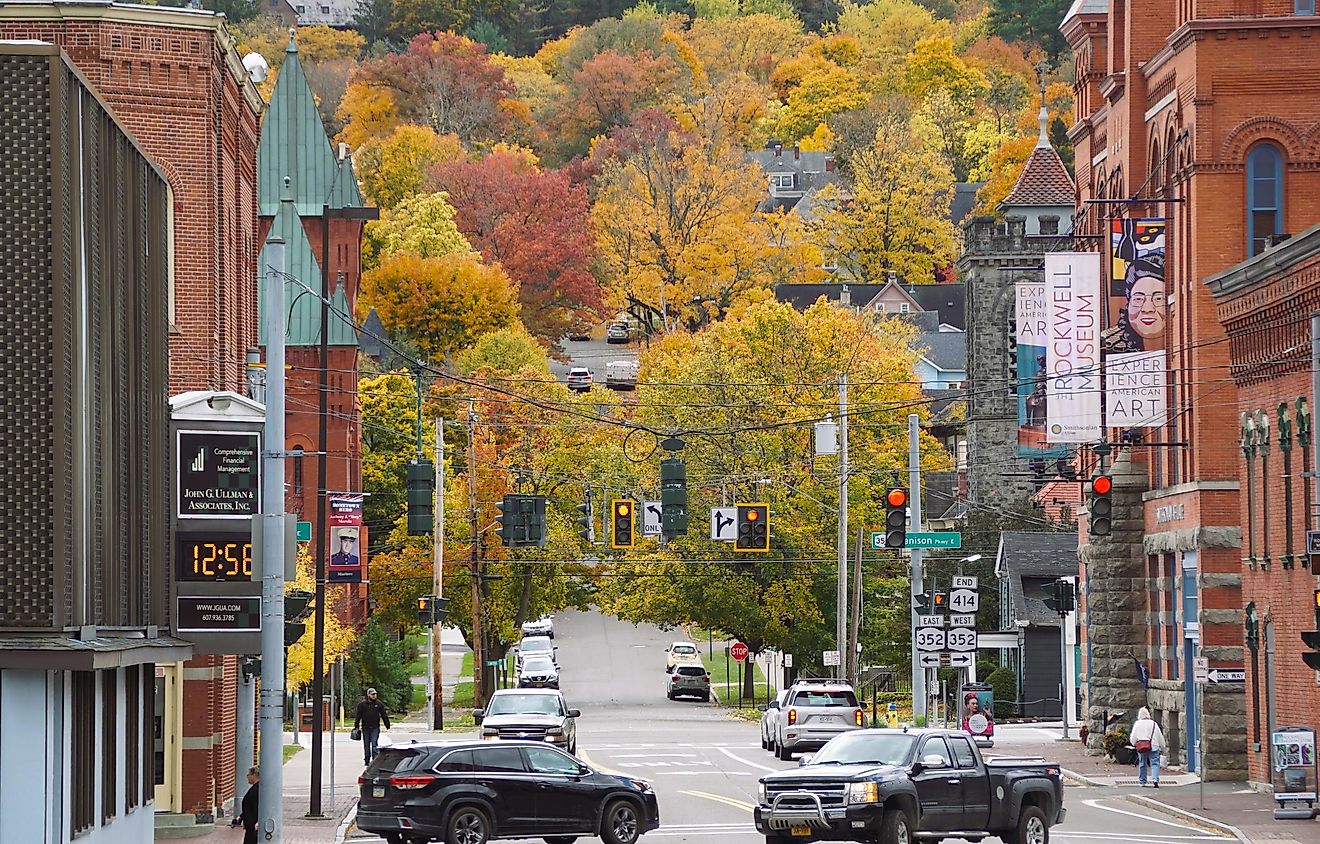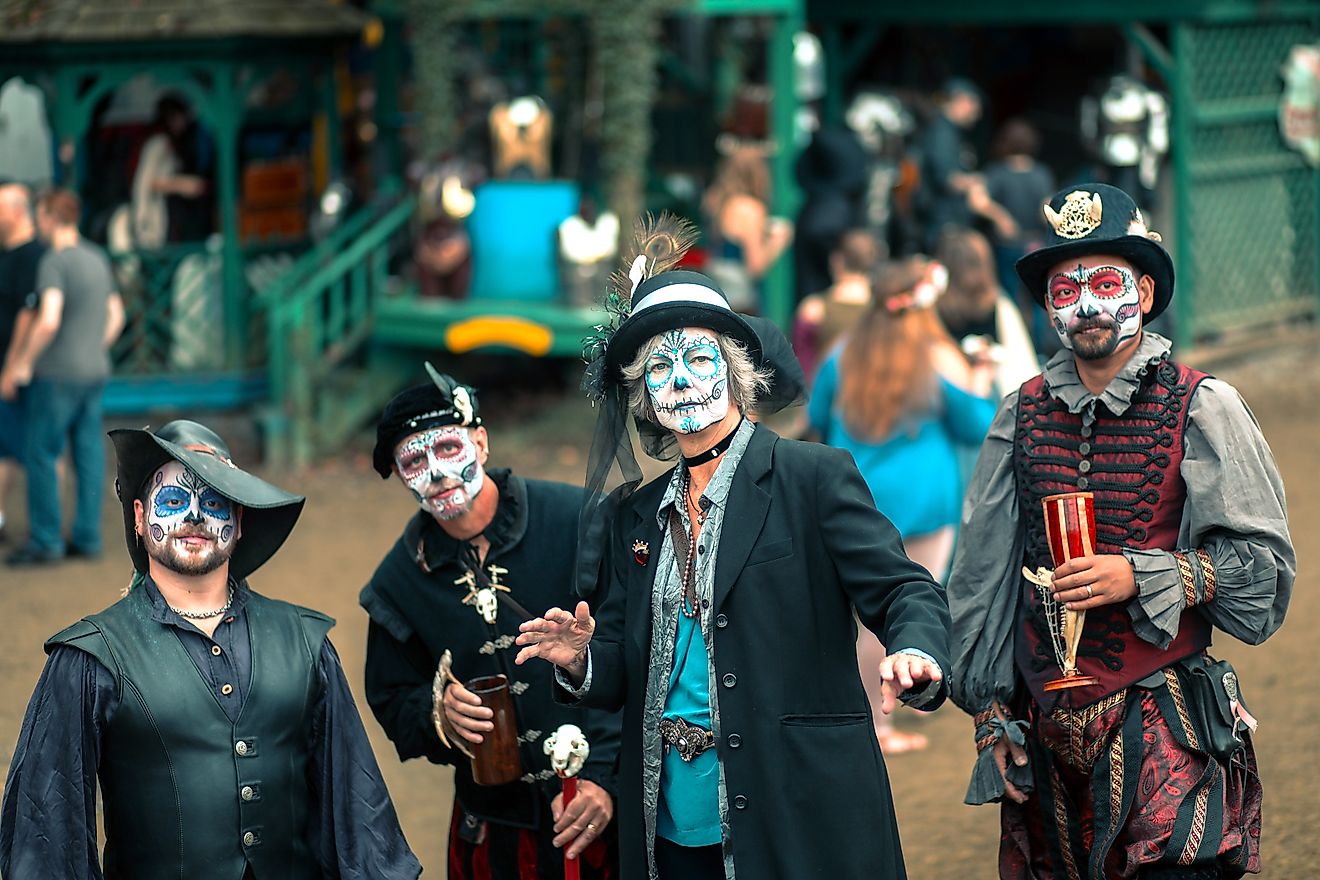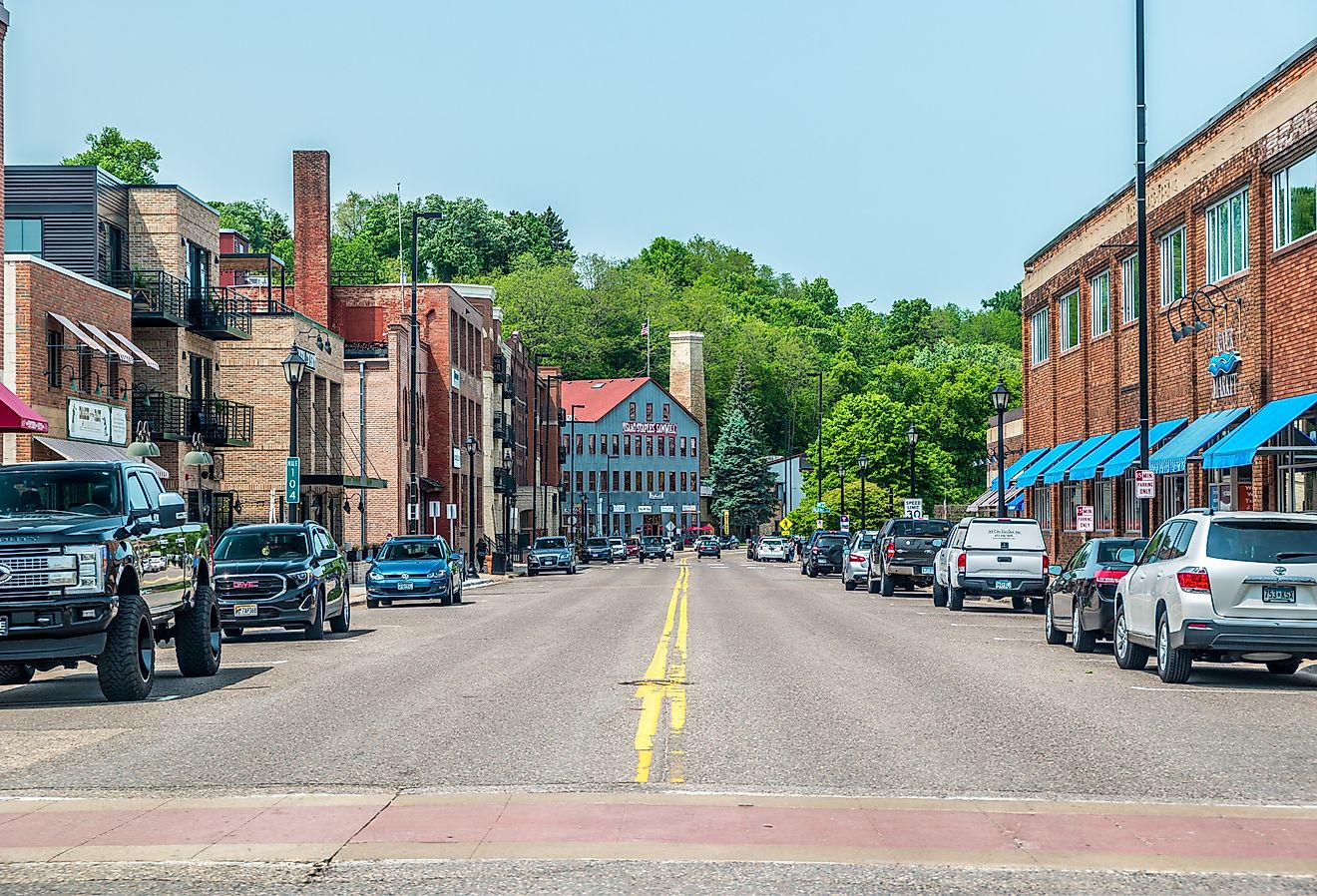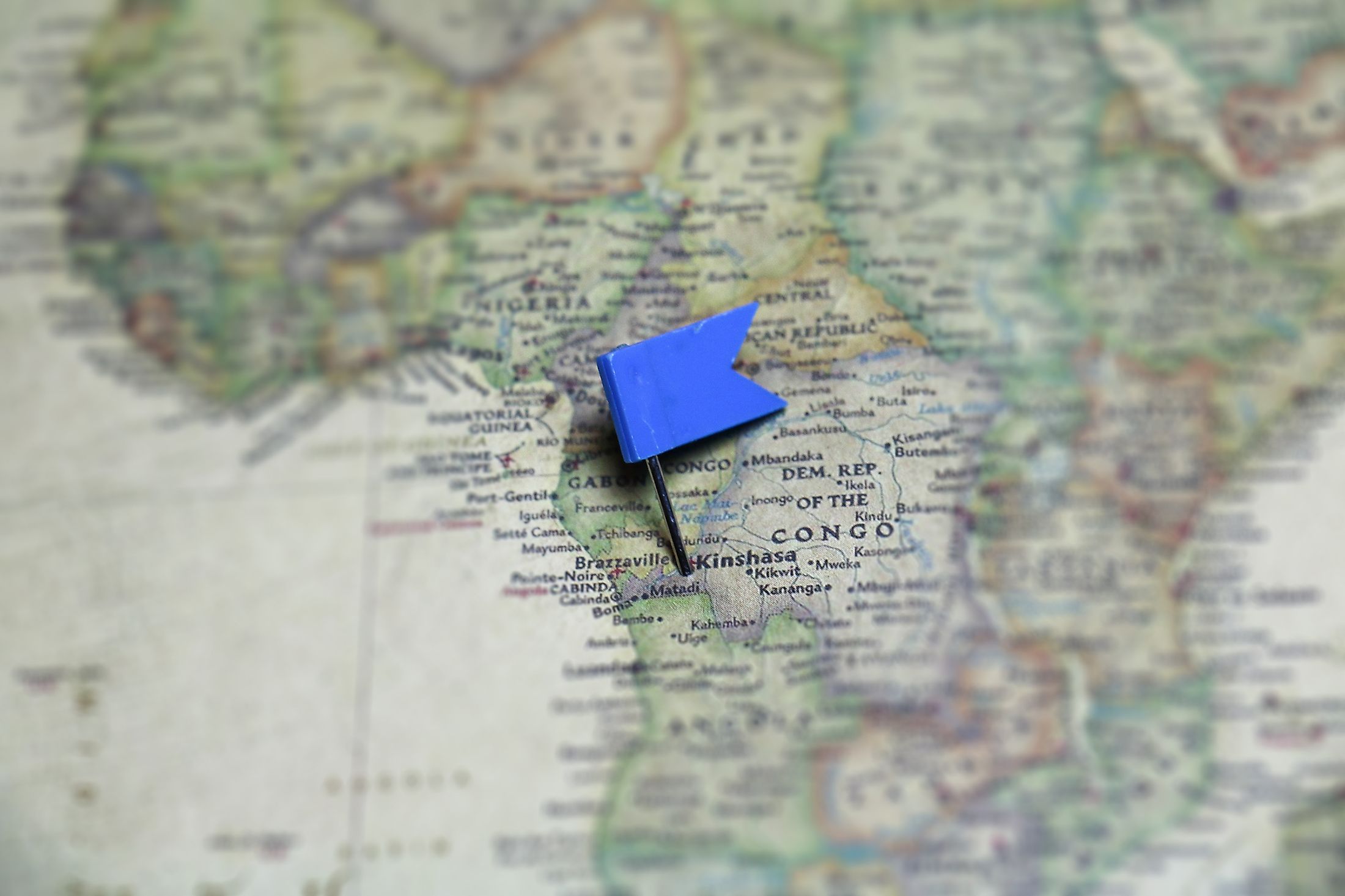
Kinshasa
Kinshasa is the capital of the Democratic Republic of the Congo (DRC). It is located on the Congo River, directly opposite Brazzaville, the capital of the Republic of the Congo, making the area the only place in which two capital cities are situated on opposite banks of the same river, so close to each other that they are in sight of each other. Before the city was built, the area in which it is now situated was home to little more than a couple of fishing villages. The city was originally founded as a trading post named Leopoldville. Its name was changed to Kinshasa in the 1960s. Nicknamed Kin la belle (Kinshasa the beautiful), its recent history has unfortunately been one of neglect as government corruption and mismanagement led to the erosion of public services and infrastructure, leading some people to call it “Kin la Poubelle” (Kinshasa the dustbin). In the last few years, however, much of the city’s infrastructure has been rebuilt, and its residents can hopefully look towards a brighter future.
Geography
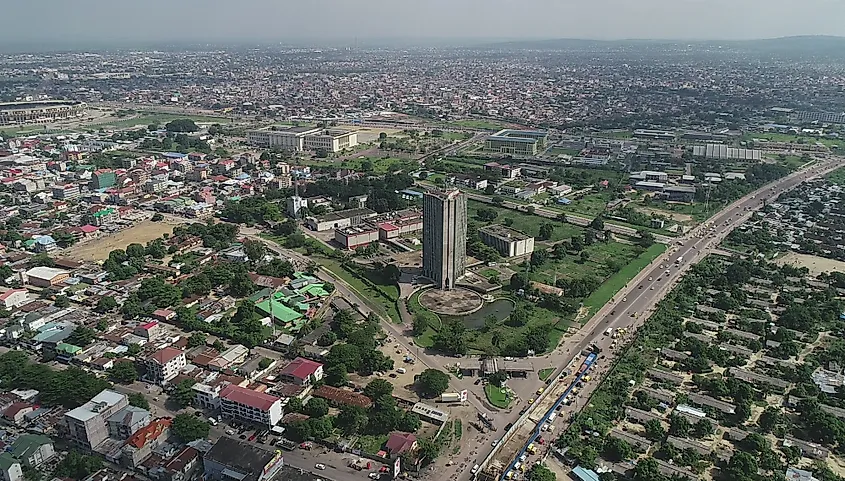
Kinshasa is located in the southwest of the DRC, on the southern bank of the Congo River, the second-longest river in Africa. The city is located 515 km from the Atlantic Ocean, and is situated just south of the Equator. To the north of Kinshasa, across the Congo River is Brazzaville, the capital of the Republic of the Congo, which is the DRC’s neighbor to the west. Also to the north is the island known as Ile M’Bamou, which sits in the middle of the Congo River, with several smaller islands adjacent to it. The elevation in Kinshasa ranges between 280 and 350 meters, though it is partly surrounded by territories at higher elevations.
Demographics
The total land area of the city is 9,965 sq. km, though much of this is sparsely populated. The most heavily populated area of Kinshasa is just 150 sq. km. Kinshasa is surrounded by savanna and gallery forest. Much of this land is heavily cultivated, and used to grow crops such as cassava, sugarcane, oil palms, plantains, corn, peanuts, and beans. The over-cultivation of land surrounding Kinshasa has led to the degradation of the soil. In addition, many trees have been cut down for use in making charcoal, and have not been replaced.
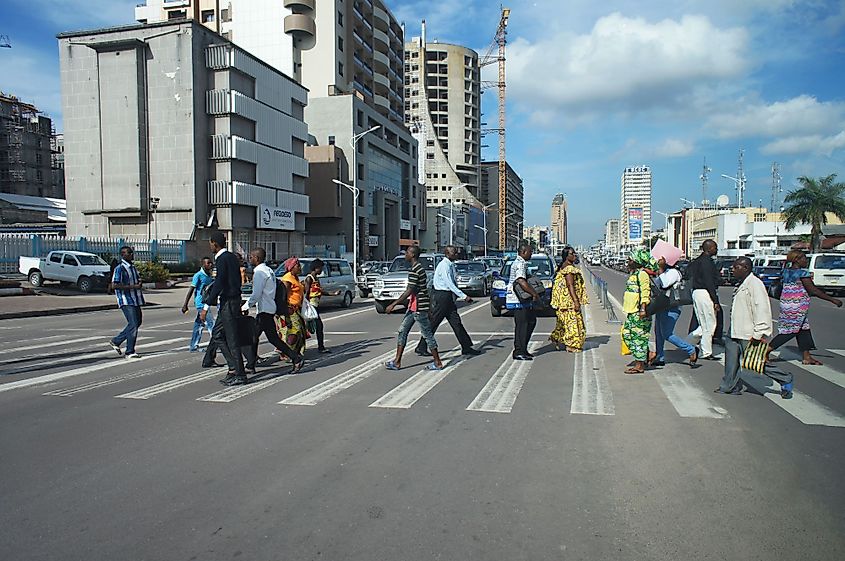
Kinshasa is a city in which affluent neighborhoods are situated alongside extensive slums. One of the most affluent areas is the riverside district, in which Europeans and members of the Congolese elite reside. This is also where government buildings and embassies are situated. Kinshasa’s main industrial zone is located on the western edge of the city, while its principle commercial zone is located in the east. The area of Ndolo, which is in the city’s north, contains port facilities, as well as some industrial infrastructure. Kinshasa’s northern waterfront features quays and warehouses. The Cité de l'Union Africaine, formerly known as the Cité de l’OUA (City of the Organization for African Unity), is located in the northwest of Kinshasa, and is home to the Government of the DRC.
According to the United Nations Human Settlement Program, Kinshasa is expanding by 8 km per year. Much of this expansion has come in the form of slums that extend in the south. This is due in part to a lack of urban planning in the DRC’s post-colonial era. Older parts of the city built during the colonial era, however, follow a geometric pattern. During colonial times, urban planning in Kinshasa was largely based on racial segregation, with some neighborhoods built for Europeans and others for Africans.
Kinshasa’s population is close to 15 million, making it the third biggest city in all of Africa. The residents of the city are known as “kinois”. French is the official language of the DRC. In fact, Kinshasa is often considered the second biggest Francophone city after Paris, France. However, more kinois speak African languages rather than French. One of the most common African languages used in Kinshasa is called Lingala, which is a widely-used language of trade. Other African languages commonly spoken in Kinshasa include Kingwana (a dialect of Swahili), Kikongo, and Tshiluba.
Economy
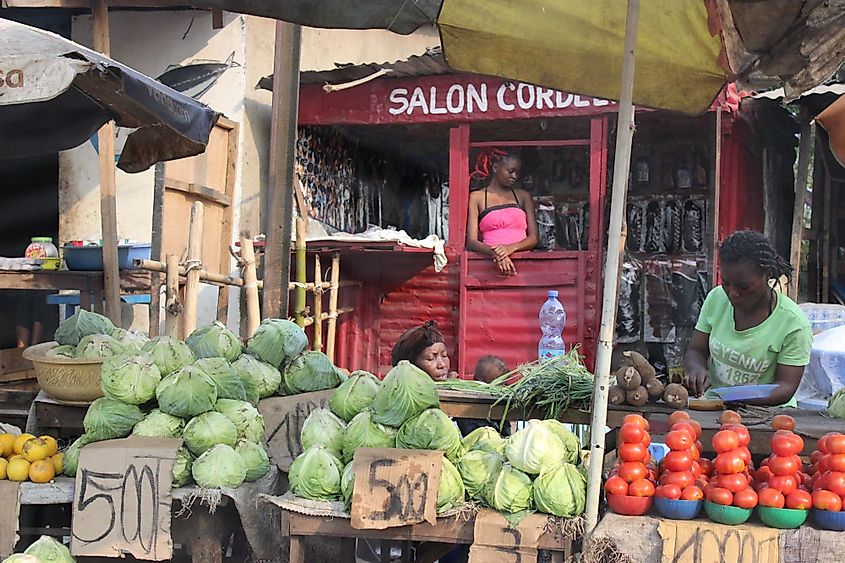
Although the population of Kinshasa makes up about 13% of the DRC’s total population, it accounts for 85% of the country’s gross domestic product (GDP). Thus, many companies, both public and private, maintain offices and headquarters therein. Kinshasa is also where many of the country’s raw materials, which are brought into the city from the country’s interior, are processed. The city’s main industries are food processing and producing consumer goods, such as beer, textiles, and footwear, which are destined for the domestic market. Much of Kinshasa’s economy, as much as 70%, is informal or unregulated. The public sector is the second biggest employer in the city.
History
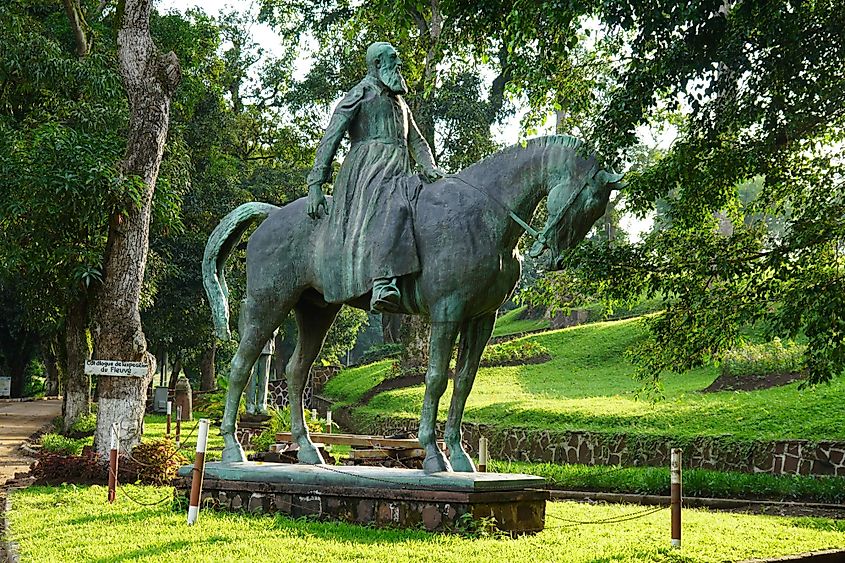
The area in which Kinshasa is situated is thought to have been settled by humans since at least the first millennium BCE. Before the colonial era, the area was populated by fishing villages. Two of these villages were called Nshasa and Ntamo. In 1871, a British-American explorer named Sir Henry Morton Stanley befriended an ivory trader, who was also the ruler of the two aforementioned villages. Ten years later, Stanley acquired a trading post there, which he called Leopoldville, in honor of Belgium’s King Leopold II. Four years later, the Belgian king took possession of what became the Congo Free State. It would be renamed the Belgian Congo in 1908.
Leopoldville flourished as a trading post, as it was the only navigable port on the Congo River, above Livingstone Falls. The real catalyst for the rapid growth of the city, however, was the completion of the Matadi-Kinshasa portage railway in 1898. Leopoldville’s new residents were exclusively European. The indigenous African population still lived in traditional rural villages. In 1920, the capital of the Belgian Congo was moved from Boma in the Congo estuary to Leopoldville.
On June 30, 1960, the Belgian Congo gained independence. In 1965, a man named Joseph-Désiré Mobutu seized power in a coup, and proceeded to create a one-party state. He also implemented a policy of Africanization, which required everyone in the country to adopt African names, including himself. Thus, he changed his name to Mobutu Sese Seko. He also renamed the country the Republic of Zaire, and changed the names of many other places including Leopoldville, which he renamed Kinshasa, after a village called Kinchassa that was once situated there. Under Mobutu, Kinshasa grew rapidly. Many people migrated to the city for work, while others did so to flee ethnic strife in other parts of the country. Thus, the city’s ethnic and linguistic composition changed significantly. At the same time, however, the city’s infrastructure suffered neglect because of the rampant corruption, nepotism, and excesses of the Mobutu regime.
In 1997, the Mobutu regime was toppled by the Alliance of Democratic Forces for the Liberation of Congo (AFDL), led by Laurent Kabila. Kabila immediately assumed the presidency and changed the country’s name from Zaire back to Congo. The country’s new official name was the Democratic Republic of Congo. In 2001, after Laurent Kabila was assassinated, his son Joseph assumed the presidency. During the period of rule by the Kabilas, Kinshasa was the site of sporadic violence, including a mutiny by soldiers, and violent protests by those opposed to the Kabila regime.
